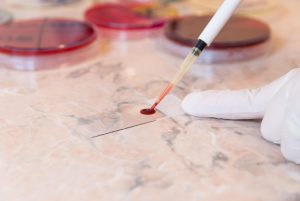
Wildfires that have been spreading throughout Canada in recent weeks are now spewing tons of smoke southward into the United States. The smoke was so thick on Tuesday that New York City’s skyline could not be seen clearly and air quality alerts were issued to residents from parts of the Northeast to the southern Mid-Atlantic region. New York officials issued an air quality alert for much of the state on Wednesday. “Exposure can cause short-term health effects such as irritation to the eyes, nose and throat, coughing, sneezing, runny nose, and shortness of breath,” the alert warned. “Exposure to elevated levels of fine particulate matter [PM 2.5] can also worsen medical conditions such as asthma and heart disease. People with heart or breathing problems, and children and the elderly may be particularly sensitive to PM 2.5.” “While conditions are anticipated to temporarily improve later tonight through tomorrow morning, they are expected to deteriorate further tomorrow afternoon and evening,” New York City Mayor Eric Adams said in a statement on Tuesday. “We recommend all New Yorkers limit outdoor activity to the greatest extent possible. Those with preexisting respiratory problems, like heart or breathing problems, as well as children and older adults may be especially sensitive and should stay indoors at this time,” Adams noted. “While all students should still go to school tomorrow, New York City… read on > read on >






































